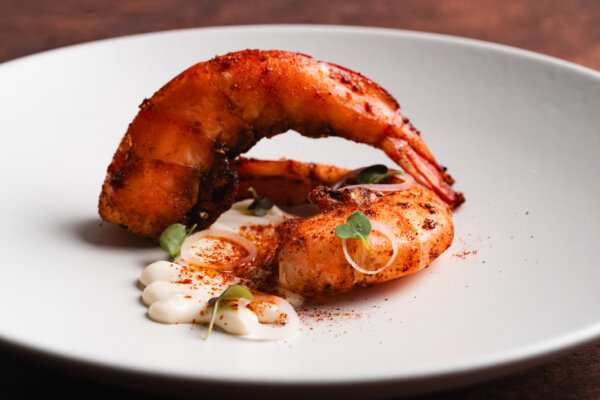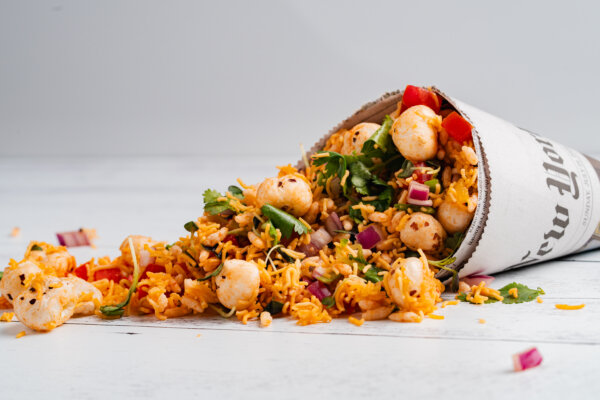
Since the beginning of time, humans have searched for high-carbohydrate sugars, not because they like the taste of sweet, but because it meant the prevention of starvation and supported the high energy needs of a demanding life. Apart from honey, which was dangerous to obtain, our hunter-gatherer ancestors rarely ate anything sweeter than our modern-day carrot.
So, we love sugar, confections and sweets due to our ancestral ties but what separates us from our past is the availability of sugar that has fueled major economies for more than a millennium. Some have suggested that sugars make up roughly 20% of our global diet!
It is also well known that the consumption of sugar in excess can potentially lead to a variety of chronic health problems such as obesity, diabetes and heart disease. Much of that sugar is found in processed foods and is almost entirely composed of pure sucrose or “table sugar.”
As chefs, we strive for variety and above all, the balance of salt, sweetness, spice, mouthfeel and acidity. We have an endless range of ingredients to provide that balance, so when it comes to sweetness, we can add a great deal , more than just granulated sugar. Since it is so engrained in our basic sense of taste, sweetness can be derived from sucrose, fructose and maltose, which can be naturally coaxed out by chefs with the judicious preparation of fruits, plant vegetables and grains. Think about the natural intoxicating sweetness of the humble onion when slowly cooked into brown caramel goodness simply by reducing water content and maximizing maillard reactions. Umami rich foods are a prime example, where tomatoes slowly cooked can bring that sweet umami elevation, and so much more!
New, interesting and natural sweeteners in the chef’s repertoire are rapidly becoming the way to add sweetness combined with other nuanced flavor attributes that transcend a dish from sublime to extraordinary! The use of syrups such as agave, Yućon, sorghum and barley incorporate the phenols of the fruit or grain used in these products. Fruit sugars such as Monk fruit, coconut and dates provide their own spin to add interest to sweet and savory creations. Tree sugars go beyond the traditional maple with other hardwoods, creating interesting tannic notes of birch, sassafras, sycamore and walnut. Each of these sweeteners have their own unique properties, caramelization temperature and fermentation characteristics. The exploration is endless for culinarians. Through experimentation, innovation and development, our taste for something new, just got sweeter.
P.S. What’s your favourite beyond sweet dish?!



